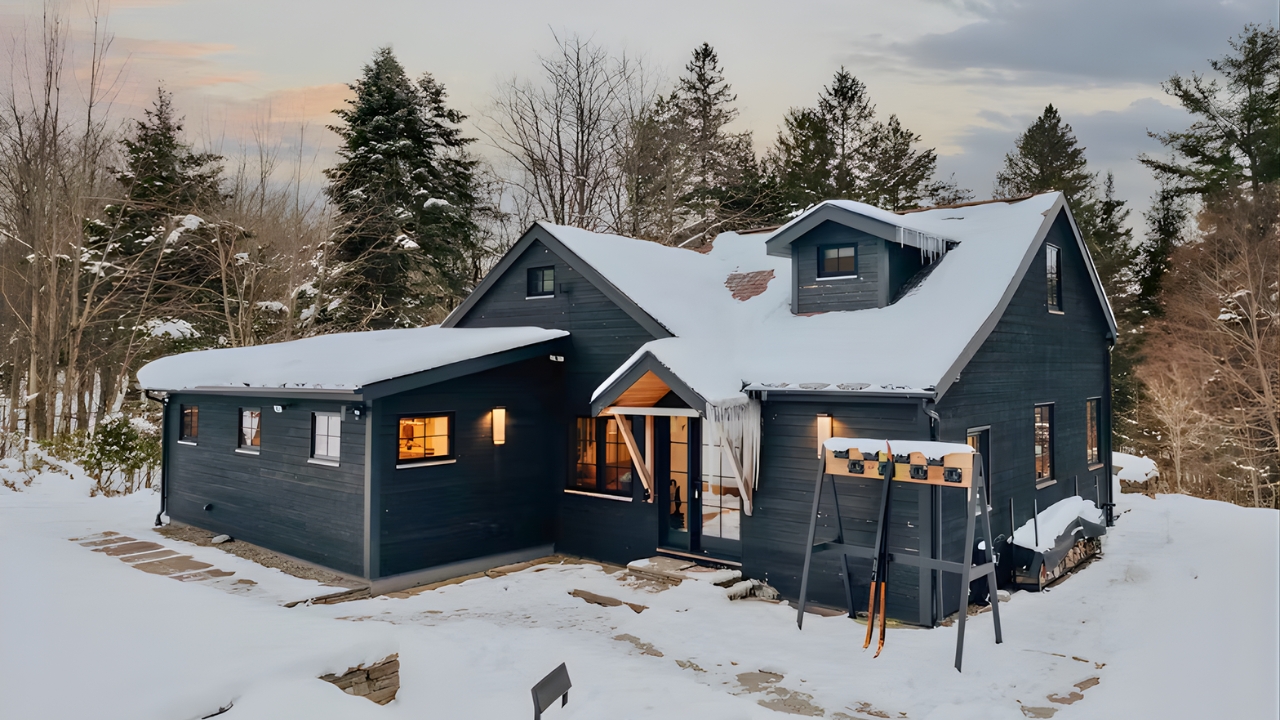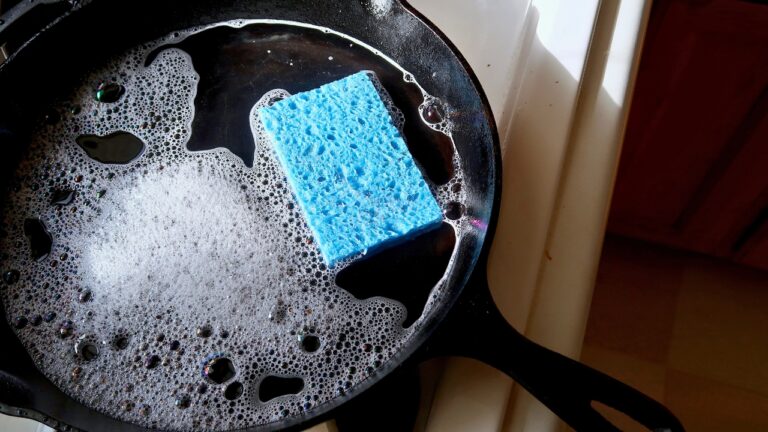Why your roof might not be winter-ready yet
Snow prep usually means checking the generator, stocking salt, and making sure the heater’s running strong. But even if you’ve done all that, your house still isn’t ready for the first heavy snowfall if your roof has one hidden flaw — poor attic insulation and ventilation.
This combo is what causes ice dams, leaks, and roof damage when the temperatures drop. The worst part? You might not notice the problem until water starts seeping in or your gutters look like an icicle factory.
Fixing it before the snow hits can save you a lot of money — and keep your roof standing strong all winter.
Your insulation is hiding the real threat
You may have shovels, salt, and supplies ready for the first snowfall. But what many homeowners overlook is the condition of their attic insulation and roof ventilation — and that oversight can cost you big when winter hits.
Cold weather doesn’t just bring snow; it brings stress on your entire roof system when heat from your home warms the underside of the roof, melts snow unevenly, and sets the stage for one of the most dangerous and expensive problems: ice dams.
Why insulation and warm roof surfaces cause damage
When your attic or roof deck is warmer than it should be, the snow sitting on the shingles begins to melt. That meltwater then moves toward the colder edges of the roof — usually the eaves — where it refreezes. That ridge of ice blocks further meltwater from draining properly, causing it to back up under your shingles and into your home. That’s the definition of an ice dam.
Beyond trapped water, heavy snow piles build fast. And while masonry and rafters can handle a lot of load, wet snow and ice weigh significantly more than fluffy snowfall. That weight adds structural stress, especially when the roof deck isn’t built for it or if hidden damage already exists.
Icicles and dams aren’t just for looks
If you see long icicles hanging from your gutters or a thick ridge of ice along the edge of your roofline, don’t assume it’s just winter scenery. Those are warning signs. They suggest your attic isn’t keeping cold air in and warm air out the way it should. Big icicles and visible ice buildup correlate strongly with poor insulation, lack of ventilation, or warm air escaping through gaps.
When that happens, it’s more than an aesthetic issue. Water backing under shingles leads to rot, mold, ceiling stains, and even structural compromise. If you ignore it, you could wake up to a sagging ceiling or a flooded attic.
How to fix the attic side of the equation
Before the next big snow, climb into your attic (safely!) and check these things: the insulation thickness, whether it’s evenly distributed, and if it’s blocked by items or old ductwork. You want full coverage, especially around edges and eaves. Make sure vents aren’t blocked or insulated over — airflow matters as much as R-value.
Sealing air leaks is just as important. Warm air escaping through open can lights, attic hatches, or recessed fixtures speeds up snowmelt. Use expanding foam or caulk where needed, and consider adding weatherstripping to attic doors. Also, install or check for ridge vents, soffit vents, and gable vents — without proper airflow, your attic becomes warm and invites roof slope concerns.
Don’t ignore gutters, flashing, and roof deck
Gutters that are clogged or damaged contribute to ice dams because meltwater can’t escape properly. Clean them in fall and inspect for sagging or detached sections. Add extension arms or heat tape only if needed (and allowed by your local code).
Roof flashing around chimneys, vents, and skylights is another critical spot. Even if everything else is solid, one compromised flashing joint can let water in once your snow melts and refreezes. Make sure it’s sealed and in good shape.
Pressure builds silently
Sometimes your roof looks fine, but snow load is mounting behind the scenes. Wet, compacted snow and ice can weigh a lot — well beyond what your design assumed. You may notice subtle signs: unusual creaks in the rafters, doors sticking inside, drywall cracking. That’s your house telling you it’s reaching its limit.
If you get to that point, remove snow using a long-handled roof rake from ground level. Don’t climb unless you’re trained and know what you’re doing — slipping is too risky.
The investment pays off all winter
Improving attic insulation and ventilation might cost money upfront, but it pays in multiple ways: lower heating bills, fewer leaks, and no scrambling during storms. Addressing the roof flattening that flaw means you’re not just snow ready — you’re roof ready.
You’ve done all you can for winter: gutters cleaned, storm kit ready, snow blower charged. Waterproofing the roof from the inside out makes it possible for you to sleep warm while the next storm blows through — instead of waiting for damage to show up when the thaw begins.
Like Fix It Homestead’s content? Be sure to follow us.
- I made Joanna Gaines’s Friendsgiving casserole and here is what I would keep
- Pump Shotguns That Jam the Moment You Actually Need Them
- The First 5 Things Guests Notice About Your Living Room at Christmas
- What Caliber Works Best for Groundhogs, Armadillos, and Other Digging Pests?
- Rifles worth keeping by the back door on any rural property
*This article was developed with AI-powered tools and has been carefully reviewed by our editors.







